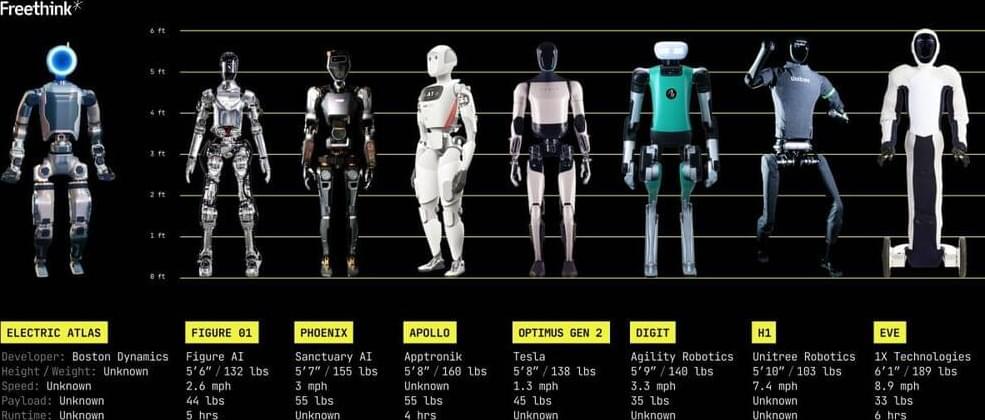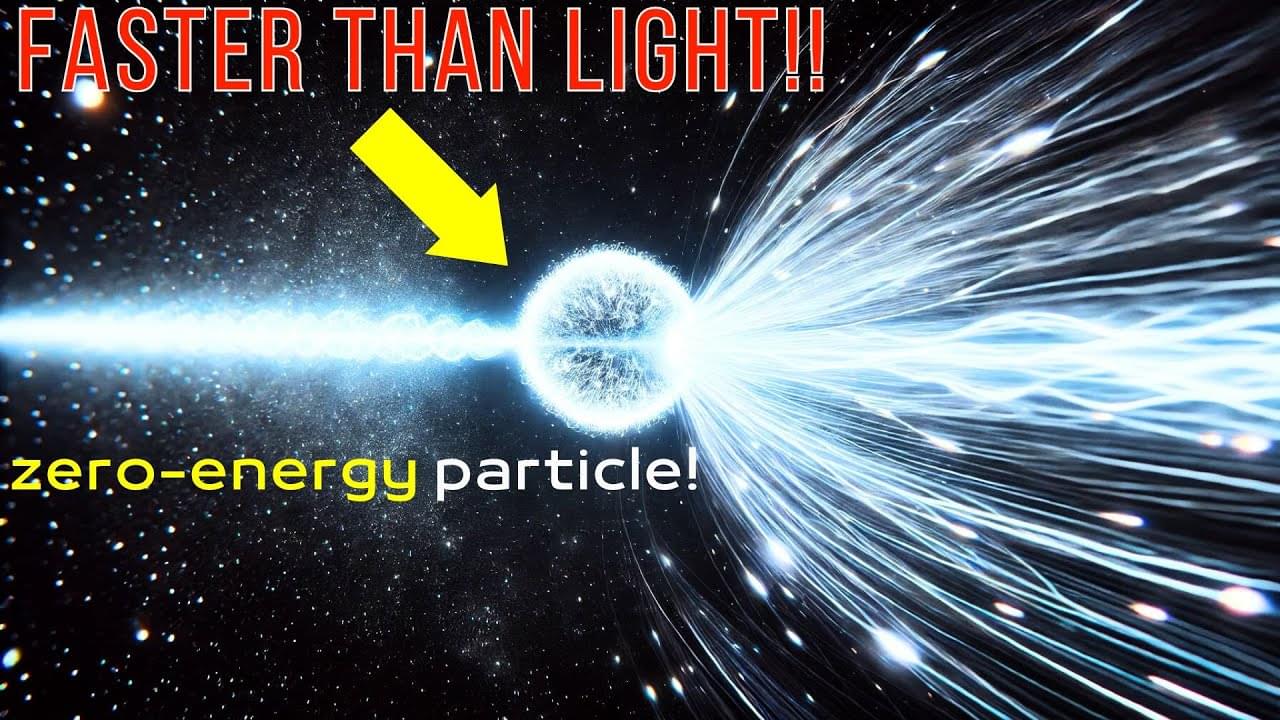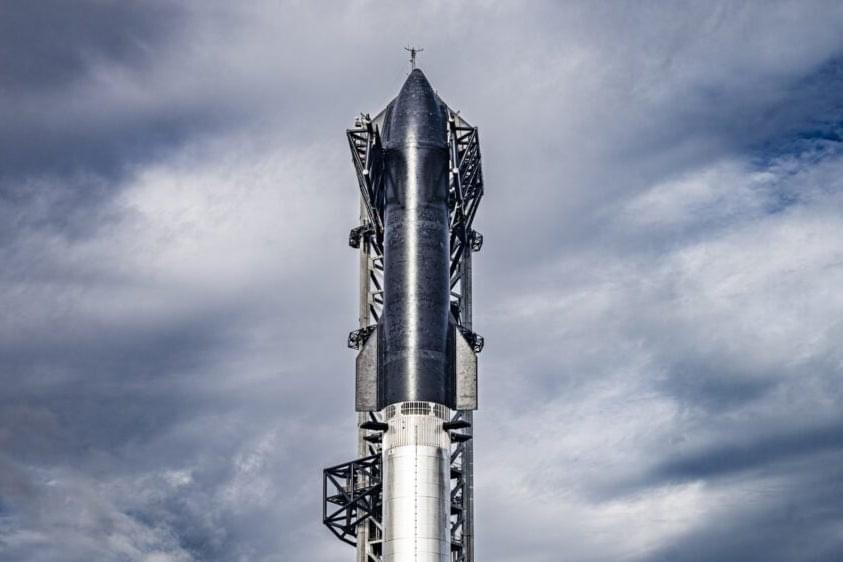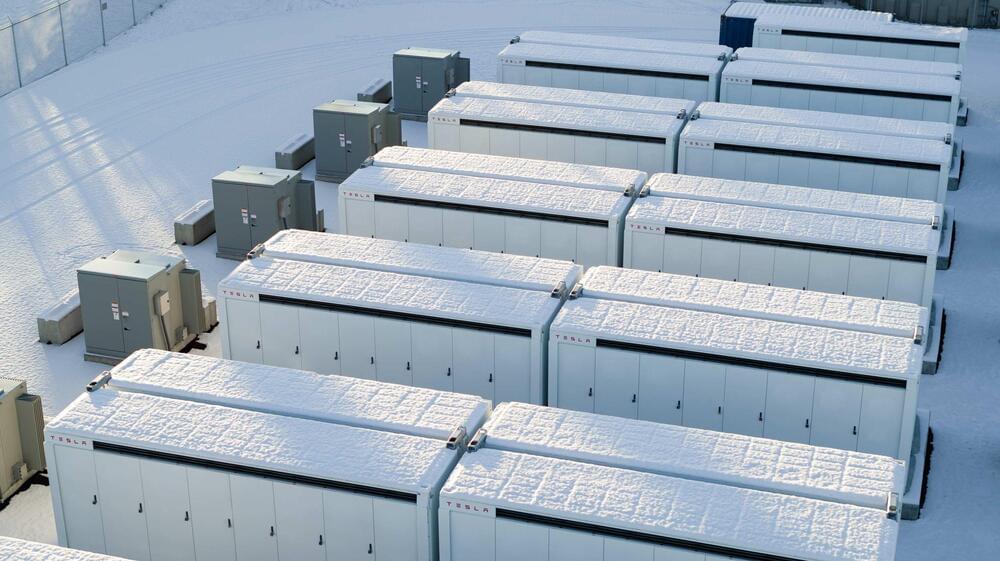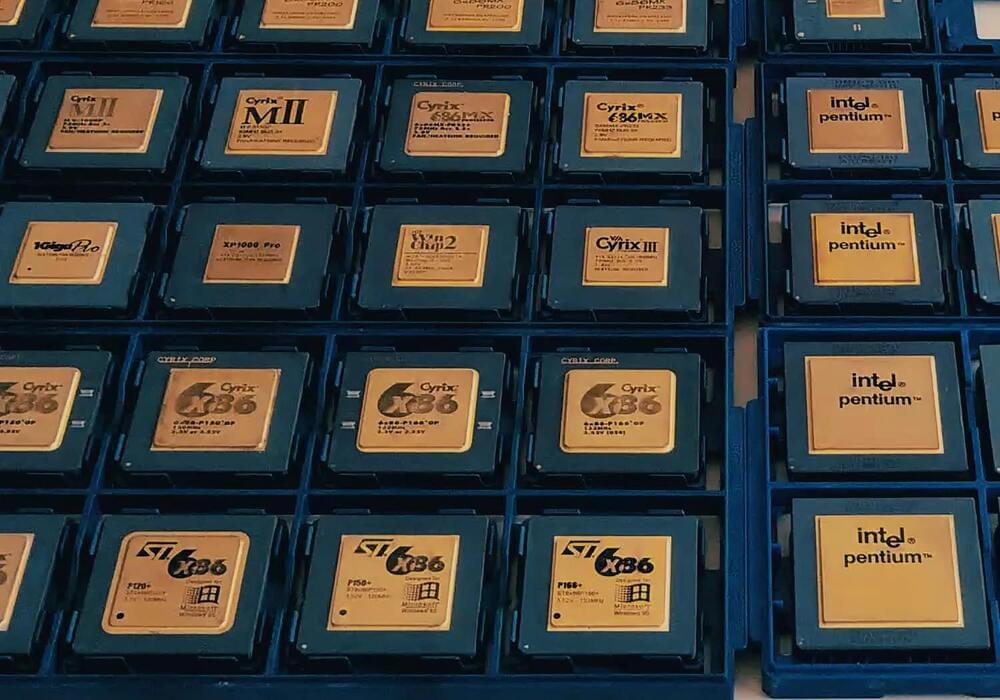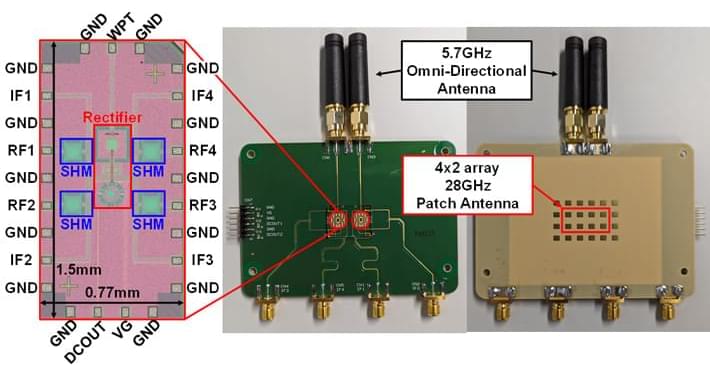Despite great progress, we lack even the beginning of an explanation of how the brain produces our inner world of colors, sounds, smells and tastes. A thought experiment with “pain-pleasure” zombies illustrates that the mystery is deeper than we thought.
By Philip Goff
In the 1990s the Australian philosopher David Chalmers famously framed the challenge of distinguishing between the “easy” problems and the “hard” problem of consciousness. Easy problems focus on explaining behavior, such as the ability to discriminate, categorize and react to surprises. Still incredibly challenging, they’re “easy” in the sense that they fit into standard scientific explanation: we postulate a mechanism to explain how the system—the brain—does what it does.

